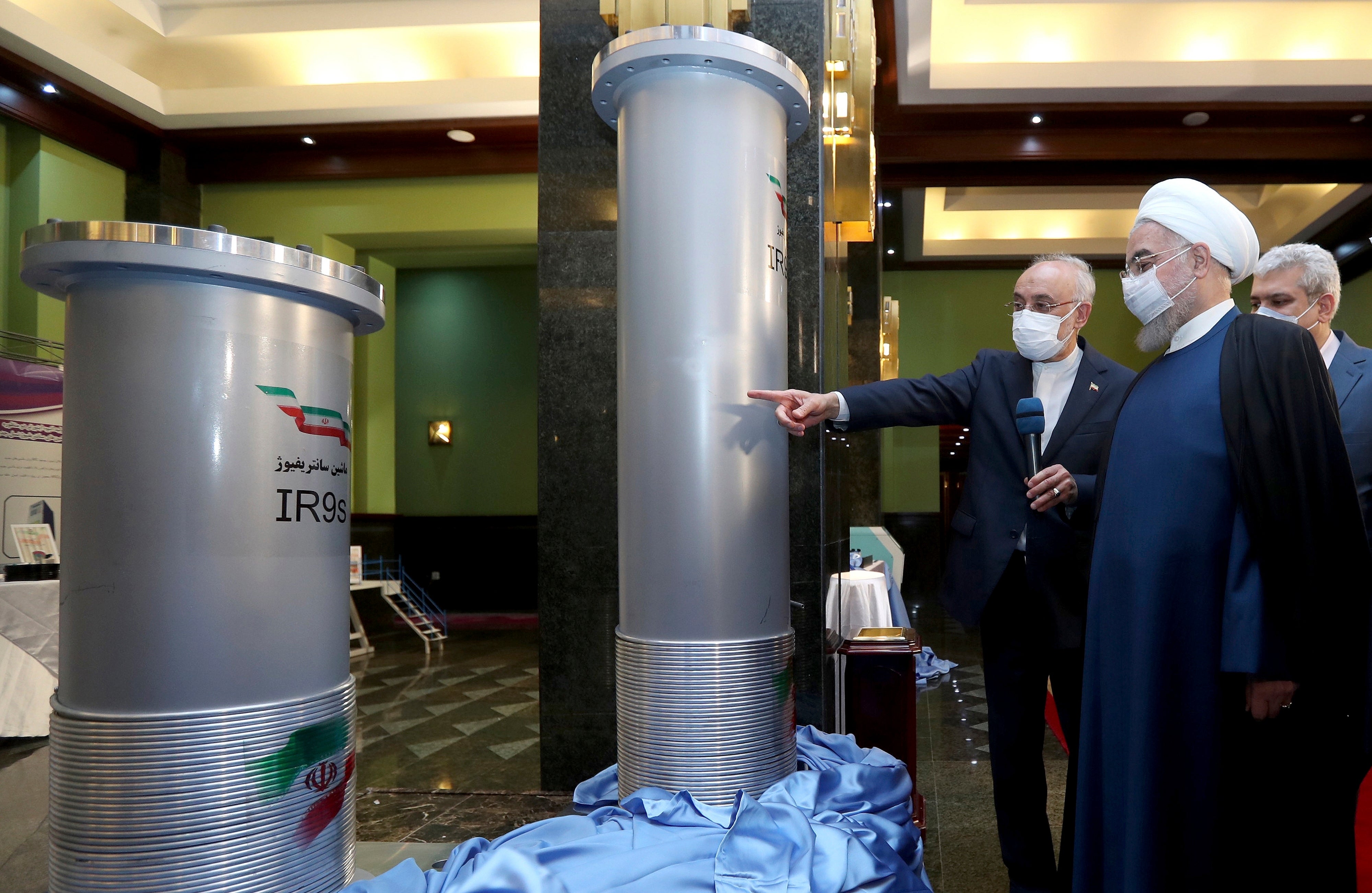UN atomic watchdog says it hasn’t had access to Iran’s data since February
Iran is restricting international inspections of its facilities

The United Nations' atomic watchdog hasn't been able to access data important to monitoring Iran's nuclear program since late February.
This is when the Islamic Republic started restricting international inspections of its facilities, the agency said Monday.
The International Atomic Energy Agency (IAEA) reported in a confidential document seen by the Associated Press that it has "not had access to the data from its online enrichment monitors and electronic seals, or had access to the measurement recordings registered by its installed measurement devices" since February 23.
While the IAEA and Iran earlier acknowledged the restrictions limited access to surveillance cameras at Iranian facilities, Monday's report indicated they went much further.
The IAEA acknowledged it could only provide an estimate of Iran's overall nuclear stockpile as it continues to enrich uranium at its highest level ever.
Iran started limiting inspections in a bid to put pressure on the government of US president Joe Biden to lift sanctions reimposed after his predecessor Donald Trump pulled out of the 2015 nuclear deal with Iran unilaterally in 2018.
Under the deal, the IAEA placed around 2,000 tamper-proof seals on nuclear material and equipment. Those seals communicated electronically to inspectors. Automated measuring devices also provided real-time data from the program.
Talks are currently underway for the US to rejoin the deal, known as the Joint Comprehensive Plan of Action, or JCPOA.
Since the US withdrawal from the agreement, Iran has been steadily violating its various restrictions, including on the types of centrifuges it's allowed to use, the amount of enriched uranium it is allowed to stockpile, and the purity to which it is allowed to enrich.
In the IAEA report, the agency for the first time released estimates of Iran's stockpile rather than precise figures, saying that as of May 22, Iran's total enriched uranium stockpile was 3,241kg, up about 273kg from the last quarterly report.
That was down from an increase of nearly 525kg reported in the last quarterly report.
Though it wasn't immediately clear what led to the decrease, it comes as an explosion in April at its underground Natanz nuclear facility affected centrifuges there.
Iran has yet to offer a full accounting of what happened in an attack it described as "nuclear terrorism." Israel, which is widely suspected of carrying out the assault, hasn't commented publicly on it.
The IAEA also said it was still awaiting answers from Iran on three sites where inspections had revealed traces of uranium of man-made origin.
"After many months, Iran has not provided the necessary explanation for the presence of the nuclear material particles at any of the three locations where the Agency has conducted complementary accesses (inspections)," a report by IAEA chief Rafael Grossi to member states said.
Additional reporting by agencies
Join our commenting forum
Join thought-provoking conversations, follow other Independent readers and see their replies
Comments
Bookmark popover
Removed from bookmarks